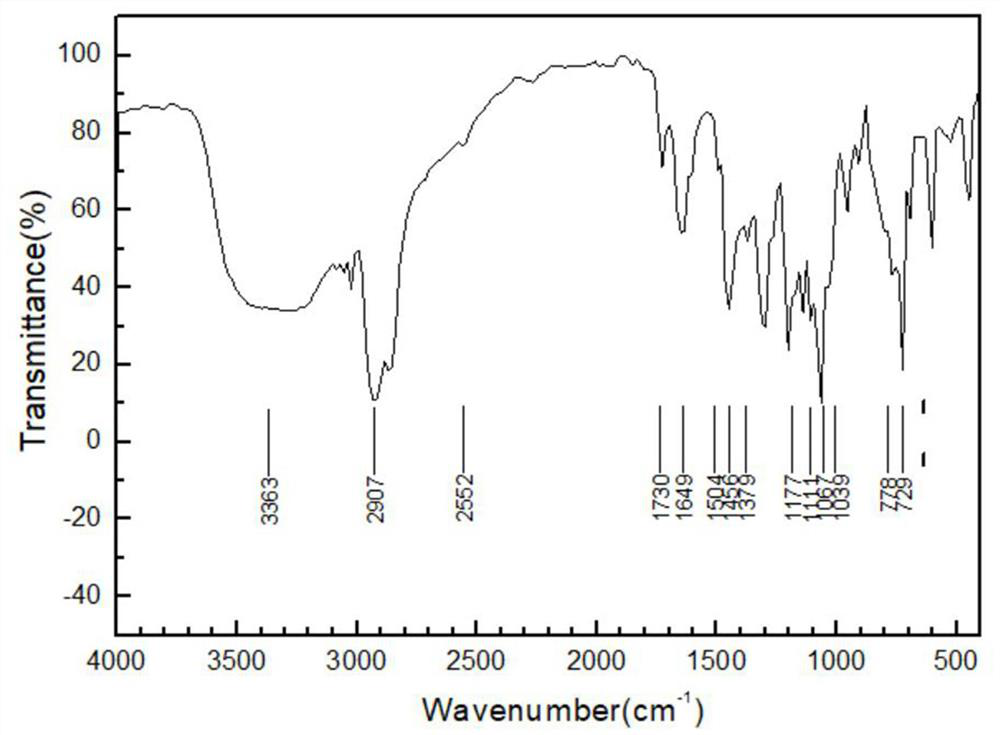An inorganic salt hazardous waste resource treatment process
A treatment process and resource recovery technology, applied in the field of environmental protection, can solve the problems of adsorbent loss, difficult treatment, blockage of inorganic salt melting pipeline, etc.
- Summary
- Abstract
- Description
- Claims
- Application Information
AI Technical Summary
Problems solved by technology
Method used
Image
Examples
Embodiment 1
[0030] A process for recycling hazardous waste of inorganic salts, the technical scheme of which comprises the following steps:
[0031] Step 1, feeding treatment, firstly transport the slag salt to the pretreatment workshop, mix the material in the mixing tank, and then crush it by the crusher and transport it to the feeding hopper, and then use the closed screw conveyor to send it to the negative pressure The dryer is dried at 150°C, and the moisture content of the slag salt is controlled at 0.1%;
[0032] Step 2, high temperature oxidation, the dried slag salt enters the oxidation furnace, and is calcined at a high temperature of 450 ° C for 60 s, and then further oxidized and calcined by the rotary oxidation furnace;
[0033] Step 3: Refining the waste salt, sending the high-temperature oxidized crude salt into the dissolving kettle through a screw conveyor, adding water to the dissolving kettle, making the crude salt into 310g / L saturated brine with a temperature of 50°C,...
Embodiment 2
[0042] A process for recycling hazardous waste of inorganic salts, the technical scheme of which comprises the following steps:
[0043] Step 1, feeding treatment, firstly transport the slag salt to the pretreatment workshop, mix the material in the mixing tank, and then crush it by the crusher and transport it to the feeding hopper, and then use the closed screw conveyor to send it to the negative pressure The dryer is dried at 180°C, and the moisture content of the slag salt is controlled at 0.5%.
[0044] In step 2, high temperature oxidation, the dried slag salt enters the oxidation furnace, and is calcined at a high temperature of 480 ° C for 90 s, and then further oxidized and calcined by the rotary oxidation furnace;
[0045] Step 3: Refining the waste salt, sending the crude salt oxidized at high temperature into the dissolving kettle through a screw conveyor, adding water to the dissolving kettle, making the crude salt into 450g / L saturated brine with a temperature of...
Embodiment 3
[0054] A process for recycling hazardous waste of inorganic salts, the technical scheme of which comprises the following steps:
[0055] Step 1, feeding treatment, firstly transport the slag salt to the pretreatment workshop, mix the material in the mixing tank, and then crush it by the crusher and transport it to the feeding hopper, and then use the closed screw conveyor to send it to the negative pressure The dryer is dried at 250°C, and the moisture content of the slag salt is controlled at 1%;
[0056] In step 2, high temperature oxidation, the dried slag salt enters the oxidation furnace, and is calcined at a high temperature of 500 ° C for 120 s, and then is further oxidized and calcined by the rotary oxidation furnace;
[0057] Step 3: Refining the waste salt, sending the crude salt after high temperature oxidation into the dissolving kettle through a screw conveyor, adding water to the dissolving kettle, making the crude salt into 650g / L saturated brine with a temperat...
PUM
| Property | Measurement | Unit |
|---|---|---|
| length | aaaaa | aaaaa |
| width | aaaaa | aaaaa |
Abstract
Description
Claims
Application Information
 Login to View More
Login to View More - R&D
- Intellectual Property
- Life Sciences
- Materials
- Tech Scout
- Unparalleled Data Quality
- Higher Quality Content
- 60% Fewer Hallucinations
Browse by: Latest US Patents, China's latest patents, Technical Efficacy Thesaurus, Application Domain, Technology Topic, Popular Technical Reports.
© 2025 PatSnap. All rights reserved.Legal|Privacy policy|Modern Slavery Act Transparency Statement|Sitemap|About US| Contact US: help@patsnap.com


